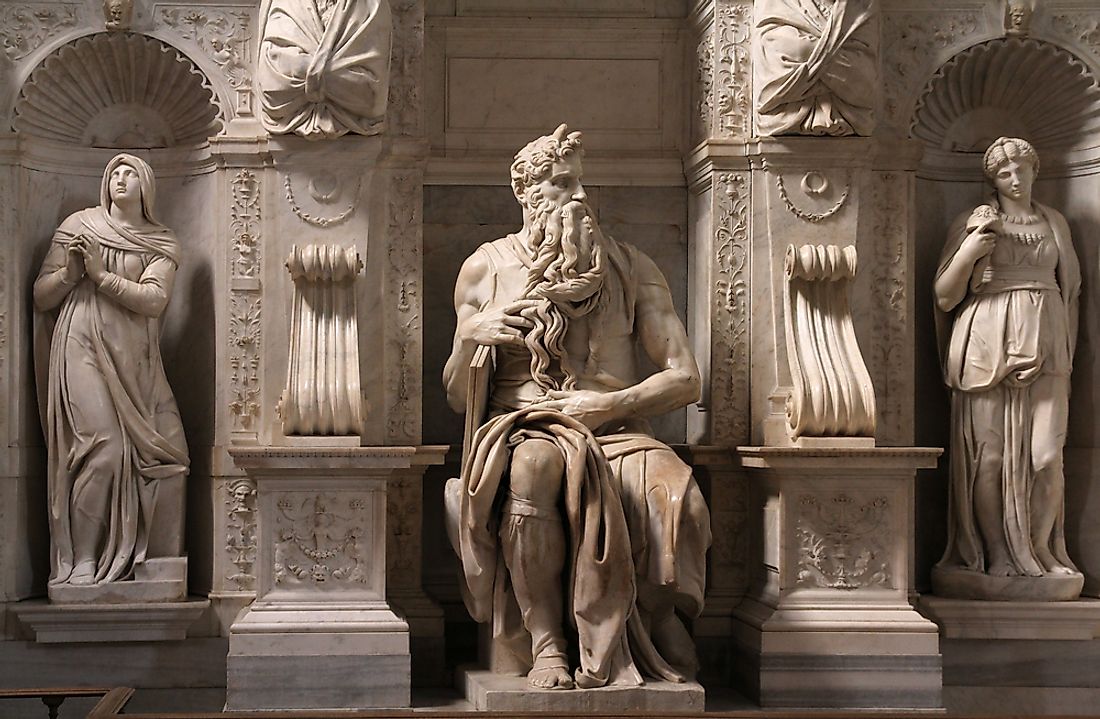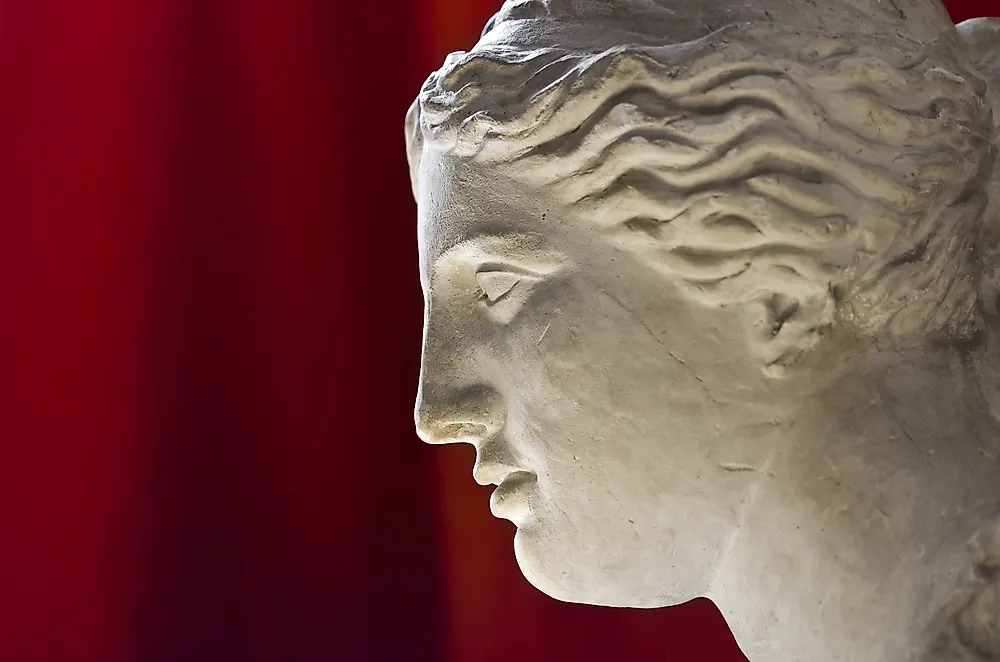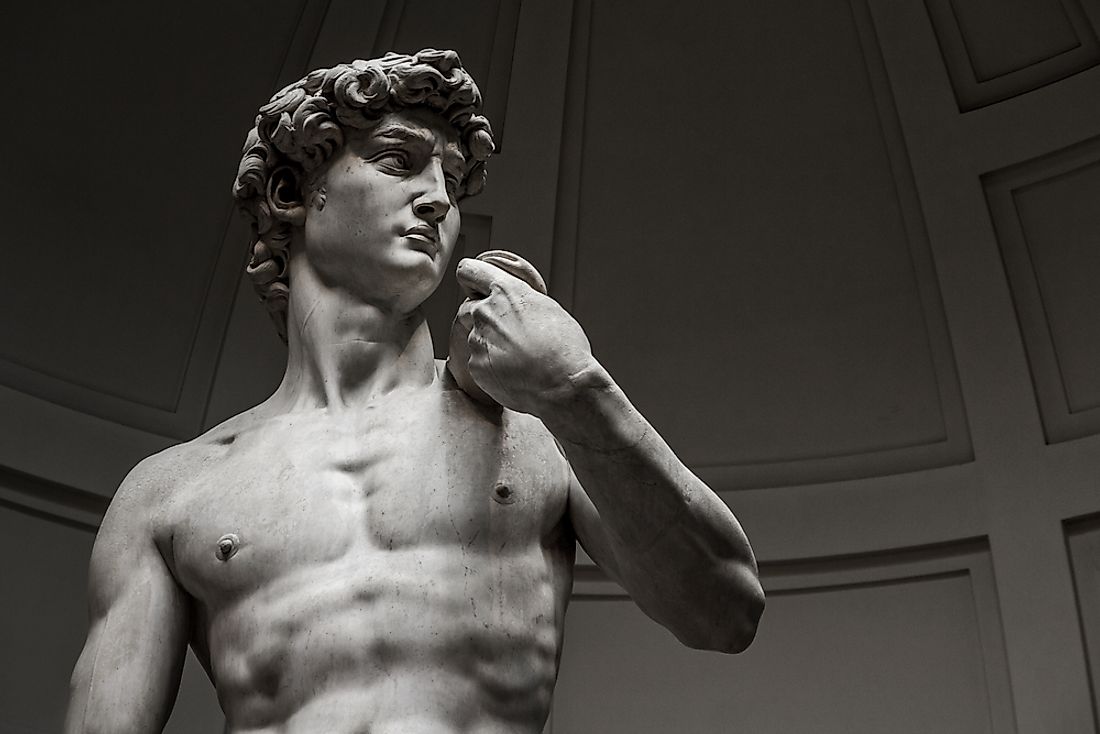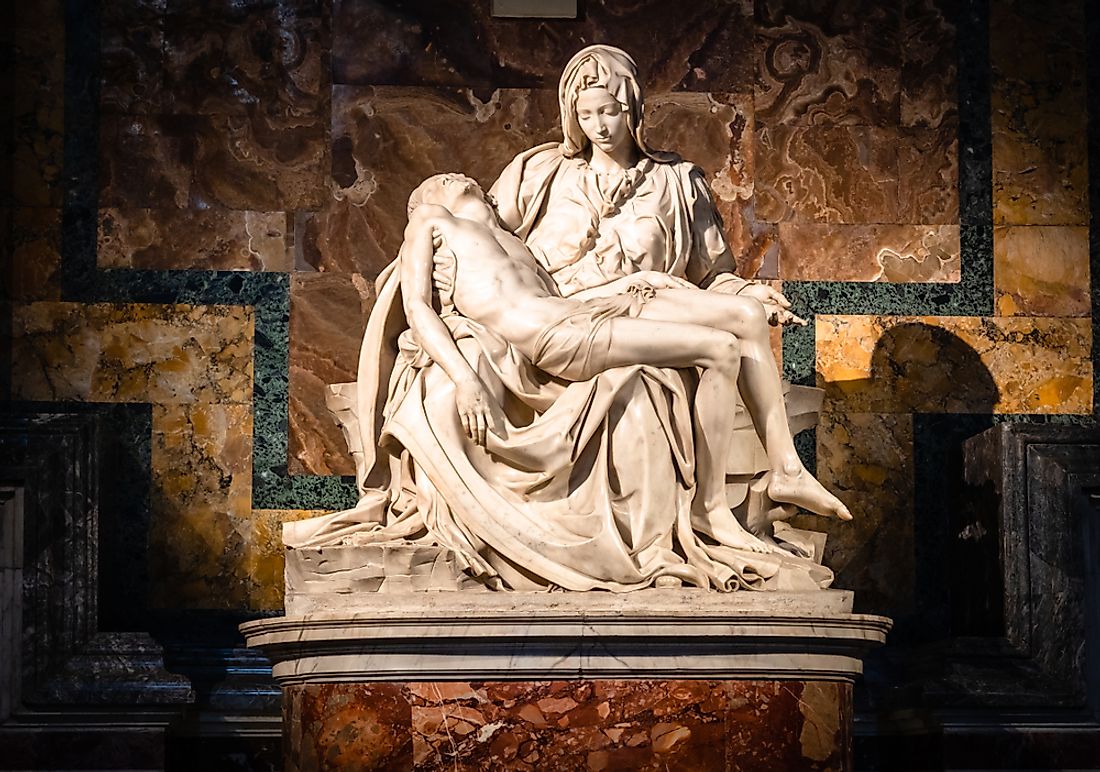The Most Famous Marble Statues in the World

Marble sculpting refers to the art of creating three-dimensional marble. This type of art is among the oldest form in the world, and it is thought to have been used long before even the painting or the cave walls by the humans. From these pre-historic developments, it has evolved to form a complexity of art. Marble itself is a metamorphic rock that is derived from limestone composed mainly of calcite which is a form of crystallized calcium carbonate. The origin of the parent limestone is in the sea specifically in the seabed which is formed through deposition of calcium carbonate through the microscopic animal's skeleton or other similar materials. They are formed as a result of limestone being transformed by pressure and heat after other materials overlay them. Some of the finest marbles used for sculpture do not have stains, or they could be having traces of stains. However natural stains can be incorporated into the work of art itself.
7. Parthenon Marbles
These types of marbles are also known as Elgin marbles. They are also referred to the classical sculpture of Greek artwork created under the supervision of the famous sculptor known as of Phidias together with his assistants. Initially, these marbles were part of the temple of Parthenon and other buildings of the Acropolis of Athens. In the early 19th century, Earl of Elgin took some of the sculptures of the Parthenon and others from Erechtheum and Propylaea and was transported by sea to the UK. Elgin claimed that he had an official decree from the government of the Ottoman Empire who at the time were ruling the whole of Greece. However, no records to date have been found showing such a degree from the Ottoman Empire. About half of all the marbles not removed by Elgin are found in the Acropolis museum. After Greece gained independence from the Ottomans in 1832, it began to restore and retrieve all the monuments that were looted. By 1980s Greece was still urging the British to return the pieces of art that were stolen in the early 19th century. By 2014 UNESCO become a mediator between the United Kingdom and Greece to resolve the disagreement, but it was not successful. In 2018 the leader of the labor party of Britain agreed to return all the marbles to Greece if he will be elected as the Prime minister.
6. Aphrodite of Milos

The Aphrodite of Milos refers to an ancient Greek statue which is among the most prominent art-works of ancient Greece. The sculpture was made around 130-100 BC, and it is assumed to have been done by Alexandros of Antioch, although some think it was made by the sculptor, Praxiteles. The statue is believed to represent the Greek goddess of beauty and love known as Aphrodite, while others believe that it depicts the Greek god of the sea the Amphitrite, venerated on Milos. This piece of art measures about 6 feet and 8 inches tall and part of the arm and the original plinth are missing. Presently, the sculpture is displayed in Paris, at the largest art museum in the world, the Louvre.
5. David by Michelangelo

The statue of David was created during the renaissance period between 1501 and 1504 by the famous Italian artist Michelangelo. It stands at 17 feet tall and is depicted as a nude male who represents the biblical David who was a favored subject in the Florence art world. Since it represented an hero, the statue became a symbol of protection of the civil liberties in the city-state of the Republic of Florence. The city of Florence was facing threats from all directions by other competitor states and particularly the dominion of the Medici family. The eyes of the sculpture of David were looking towards Rome which symbolized a warning glare.
4. Laocoön and His Sons
The sculpture of Laocoön and his Sons is also known as the Laocoön Group, and is among the most famous sculptures. It was excavated in 1506 and it has been displayed in public in the Vatican ever since. The statue Measure about 6 feet and 7 inches, and it depicts the Trojan priest Laocoon together with his sons Thymbraeus and Antiphantes. They appear to be attacked by serpents from the sea. The sculpture has been referred to as the prototype icon of human agony, which was different from the agony depicted in the Christian arts through the passion of Jesus and the martyrs. However, this suffering has no reward or the redemptive power like the agony of Jesus. This iconic piece is thought to be among the best examples of the baroque art in Hellenistic culture and probably in whole of the Greek culture. However, it is not evident if it was an original artwork or if it were a copy of a previous sculpture certainly in bronze. Currently the sculpture is displayed in Museo Pio Clementino, which is among one the Vatican Museums.
3. Moses by Michelangelo
This iconic piece of Moses was created around 1512 and 1515 by the famous Italian artist Michelangelo Buonarroti. Pope Julius II commissioned the statue in 1505, and it depicts the figure of biblical Moses with horns in his head. Michelangelo had been commissioned to build the tomb for Julius II, who died in 1513. The sculpture was designed following the iconography convention which was common in the Christianity basing it on the description in the book of Exodus chapter 34 in the vulgate or the Latin translation of the Bible used at the time.
2. Pietà by Michelangelo

Pietà or pity was a sculpture of the Renaissance period and was done by Michelangelo Buonarroti, and it is currently kept in St. Peter’s Basilica in Vatican City. The icon was commissioned by the Jean de Bilheres who was a French cardinal, who is believed to have been a representative in Rome. It was made out of Carrara marble for the cardinal’s monument during his funeral, but in the 18th century, it was relocated to its present location, and it is the only sculpture by Michelangelo to have been signed. The piece portrays Jesus lying on the lap of his mother (Mary) after crucifixion. The sculpture is one of the most impressive pieces of artwork balances the ideals of the classical beauty and the renaissance with naturalism
1. Discobolus
The Discobolus is Aziza Greek sculpture which was made at the beginning of the classical period, and it depicts a young youth of ancient Greece athlete throwing a discus and it is thought to have been created around 462-450 BC. The original piece which is thought to have been made of bronze is lost, but it has numerous copies which have been known through various roman copies in full-scale marble which was cheaper than bronze.











